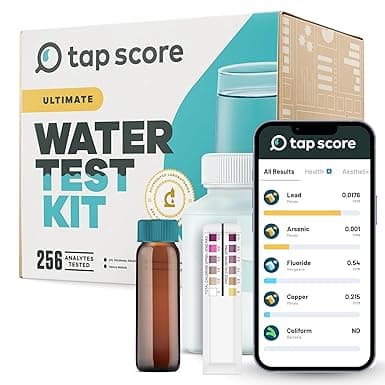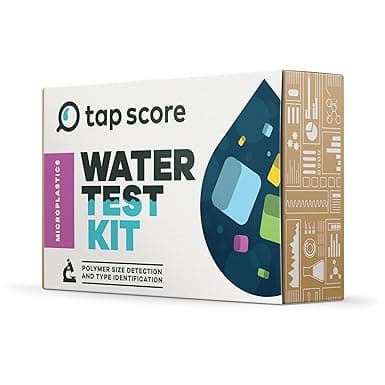Carbon
Carbon disulfide is a volatile organic compound that may be synthetic or naturally occurring. It is used in a multitude of industries, including the production of rubber, viscose rayon, cellophane, pesticides, and carbon tetrachloride. It is readily volatile, thus all routes of exposure (ingestion, inhalation and dermal) are relevant if one is exposed via drinking water.
EPA MCLG Level
0 ppb
Maximum level that poses minimal health risk based on the latest science
Health Effects
Health protective benchmarks for carbon disulfide are based on potential developmental toxicity.
Affected Organs & Systems:
Common Sources
- Most carbon disulfide found in the environment and drinking water sources is the result of release from manufacturing and processing activities. It evaporates easily from surface water. However, once dissolved in water, it is not easily broken down.
How to Remove It
Water filters certified under the following NSF standards are effective at removing Carbon:
EPA MCLG Level
The EPA MCLG represents the maximum level that poses minimal health risk based on the latest scientific research. It's often more protective than federal legal limits.
Contaminant Type
Carbon is classified as a Inorganics contaminant.
This contaminant primarily affects the developmental.
Check Your Water
Find out if Carbon is in your tap water.
Search Your CityTest Your Water for This Contaminant
Public water reports may not test frequently enough or at your specific tap. Professional home testing provides current, location-specific results.

SimpleLab
Standard Home Water Test
$232
Comprehensive water analysis testing over 200 contaminants including bacteria, heavy metals, and chemical compounds.

SimpleLab
Advanced Home Water Test
$369
Most comprehensive home water test including all standard tests plus additional parameters for ultimate peace of mind.

Tap Score
Advanced Microplastics Test
$636
Cutting-edge testing for microplastics particles in drinking water using advanced laboratory techniques.